Marijuana’s impact in Colorado continues to raise pressing concerns, especially as its use becomes more widespread since legalization. From public health risks to alarming teen statistics, the challenges tied to marijuana use are no laughing matter.
Last Sunday, at Denver’s Civic Centre Park, a notable figure from the past emerged at the Mile High 420 Festival. Tommy Chong, famously known for his “stoner” persona, addressed crowds on marijuana use. However, his words stood in stark contrast to the growing body of evidence suggesting marijuana’s harmful consequences in Colorado.
This blog takes a deeper look into the risks linked to marijuana consumption and its ripple effect across the state.
Widespread Problems Linked to Marijuana in Colorado
Studies show that marijuana is no longer the mild substance associated with the past. Its potency, much higher today than decades ago, is causing immediate and long-lasting harm. From a rise in THC-related psychosis in Colorado’s youth to alarming suicide data among teens, marijuana’s impact is impossible to ignore.
Recent data from the Colorado Department of Health and Environment’s Violent Death Reporting System reveals devastation among young lives:
43% of Colorado teens aged 15–19 who died by suicide had THC in their systems.
Hispanic teens in this age group faced even worse rates at 49%.
Alarmingly, this figure climbs to 67% for Black teens.
Given such sobering statistics, it’s clear that Colorado is grappling with an epidemic exacerbated by marijuana’s widespread availability.
Alarming Findings Highlighted in Investigations
Recent investigations into marijuana in Colorado have painted an even grimmer picture. When The New York Times covered the explosion in cannabis use and its increasing intensity, they noted serious health implications, particularly among frequent users. Accumulating harm, according to The Times, has outpaced public health messaging and state-level monitoring.
Simultaneously, a separate investigation by The Denver Gazette revealed regulatory loopholes in Colorado’s cannabis industry. Consumers, it found, are largely in the dark about:
Unregulated THC potency in retail products
Potential contaminations, including mould, solvents, and pesticides
These findings signal a need for stricter oversight of marijuana sales.
Teen Impact and Failed Legislation
Colorado’s youth bear the brunt of marijuana-related issues. Yet, recent efforts to introduce tighter restrictions on sales—including measures aimed at keeping marijuana out of the hands of teenagers—were blocked in the Colorado legislature. This is despite clear evidence linking marijuana accessibility to several public health crises.
Shockingly, lawmakers are now even considering loosening regulations further. One pending proposal would allow for greater quantities of marijuana to be sold in single transactions, undermining any effort to manage the drug responsibly.
The message this sends to Colorado’s residents is deeply concerning, particularly when viewed alongside teen suicide statistics.
Questions Big Marijuana Needs to Answer
At the heart of the issue lies “Big Marijuana”, a rapidly growing industry that relies heavily on marketing its products while rarely addressing the fallout. Regardless of investments or lobby-influenced campaigns, the industry must face scrutiny:
How does increased potency align with safety?
Are enough measures in place to ensure that underage residents cannot access marijuana?
What social responsibilities, if any, are cannabis producers committed to?
With falling marijuana sales since the pandemic, one can only hope this momentum continues.
Tommy Chong may have gained laughs from his comedic sketches decades ago, but today’s portrayal of marijuana’s consequences is anything but funny. Colorado’s next steps must include tightening—not loosening—its regulatory control over marijuana.
Source: Gazette

